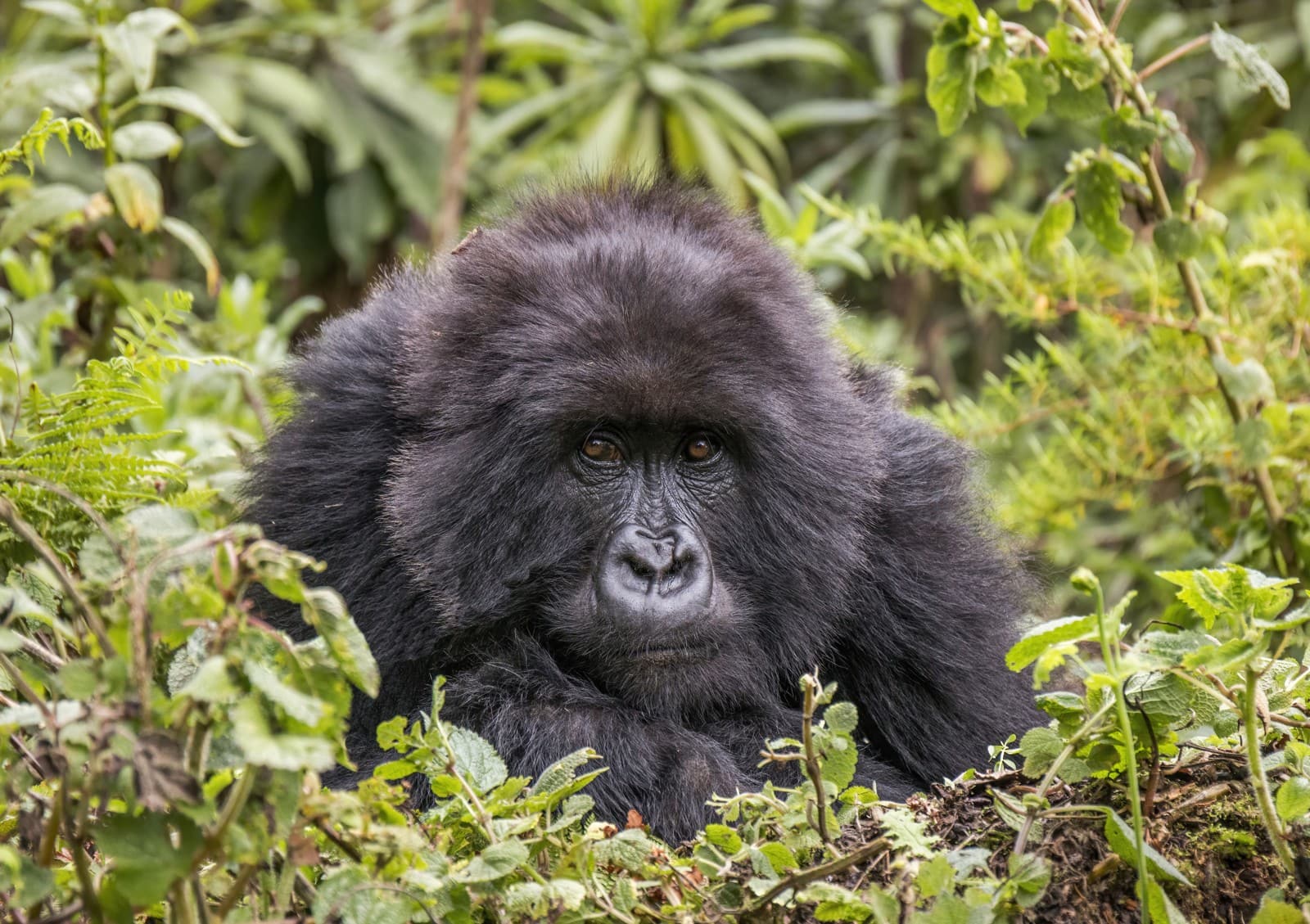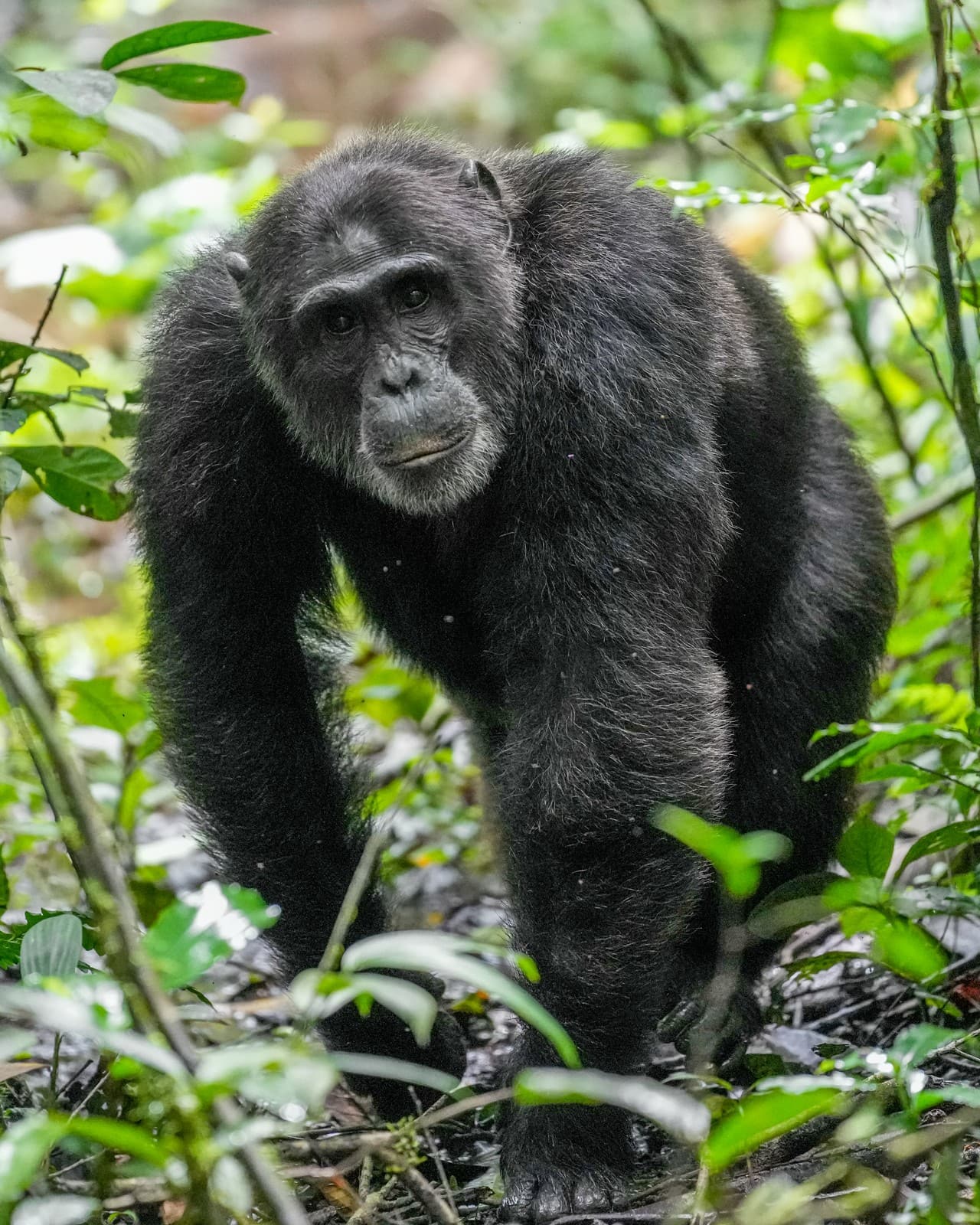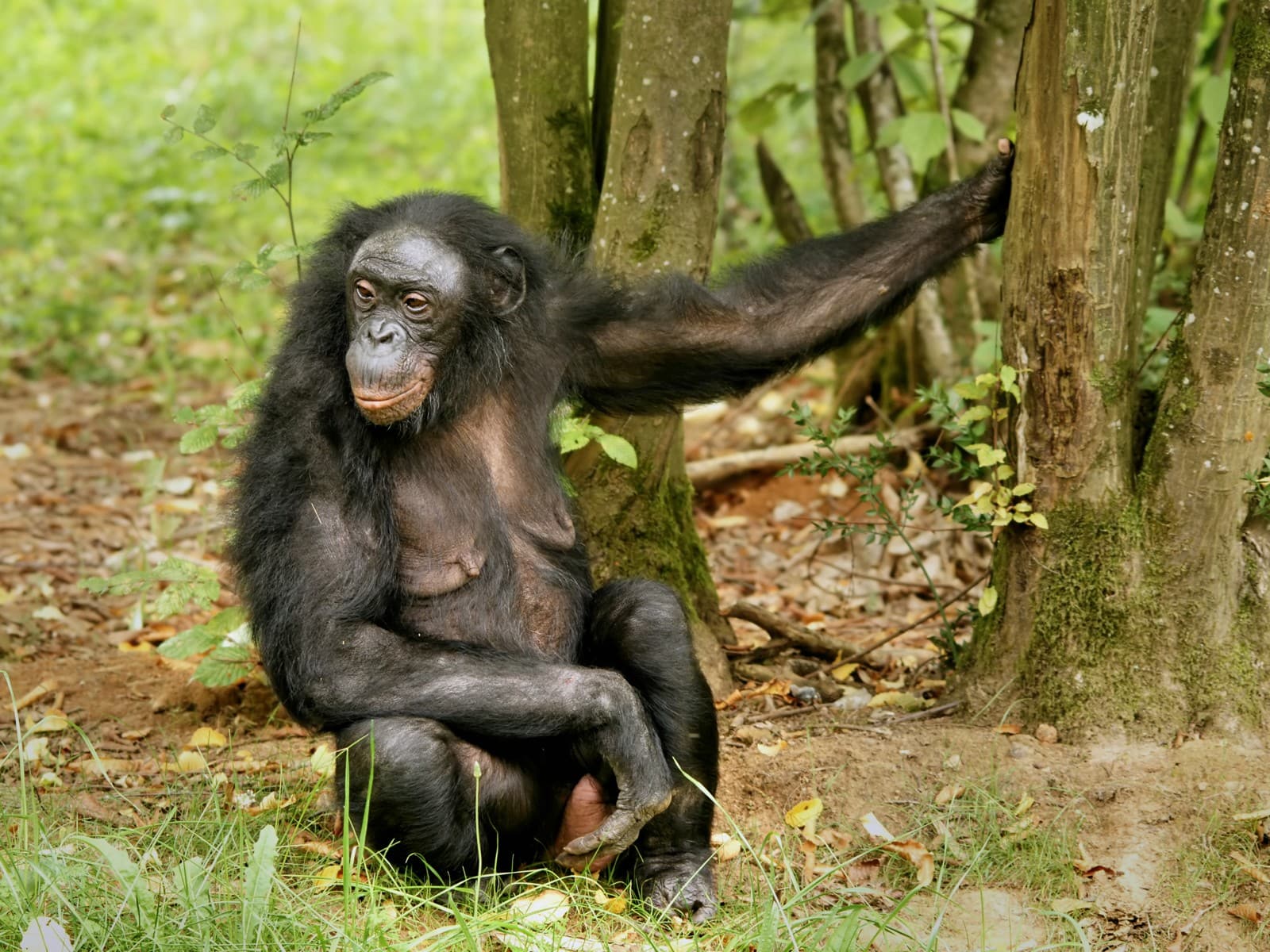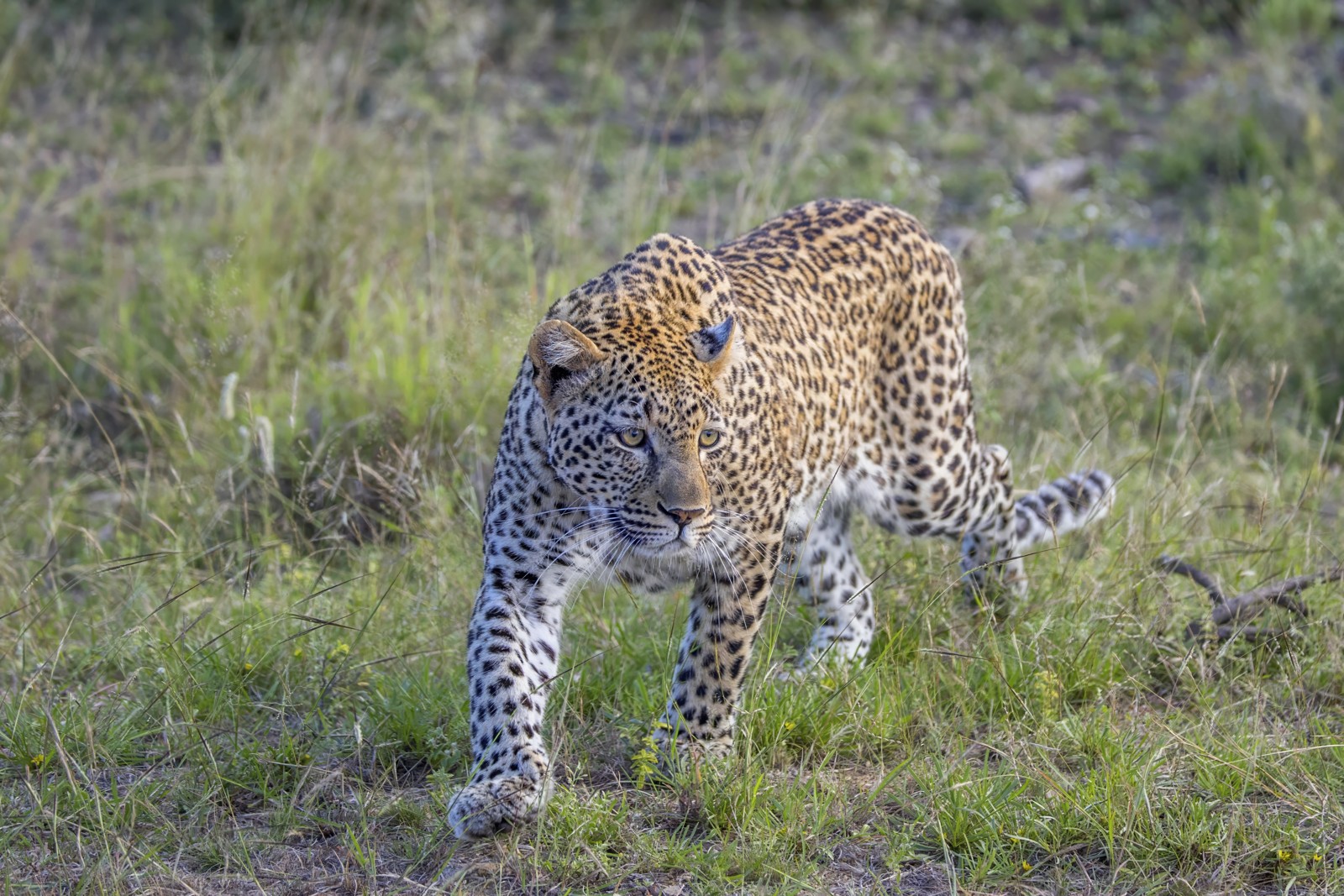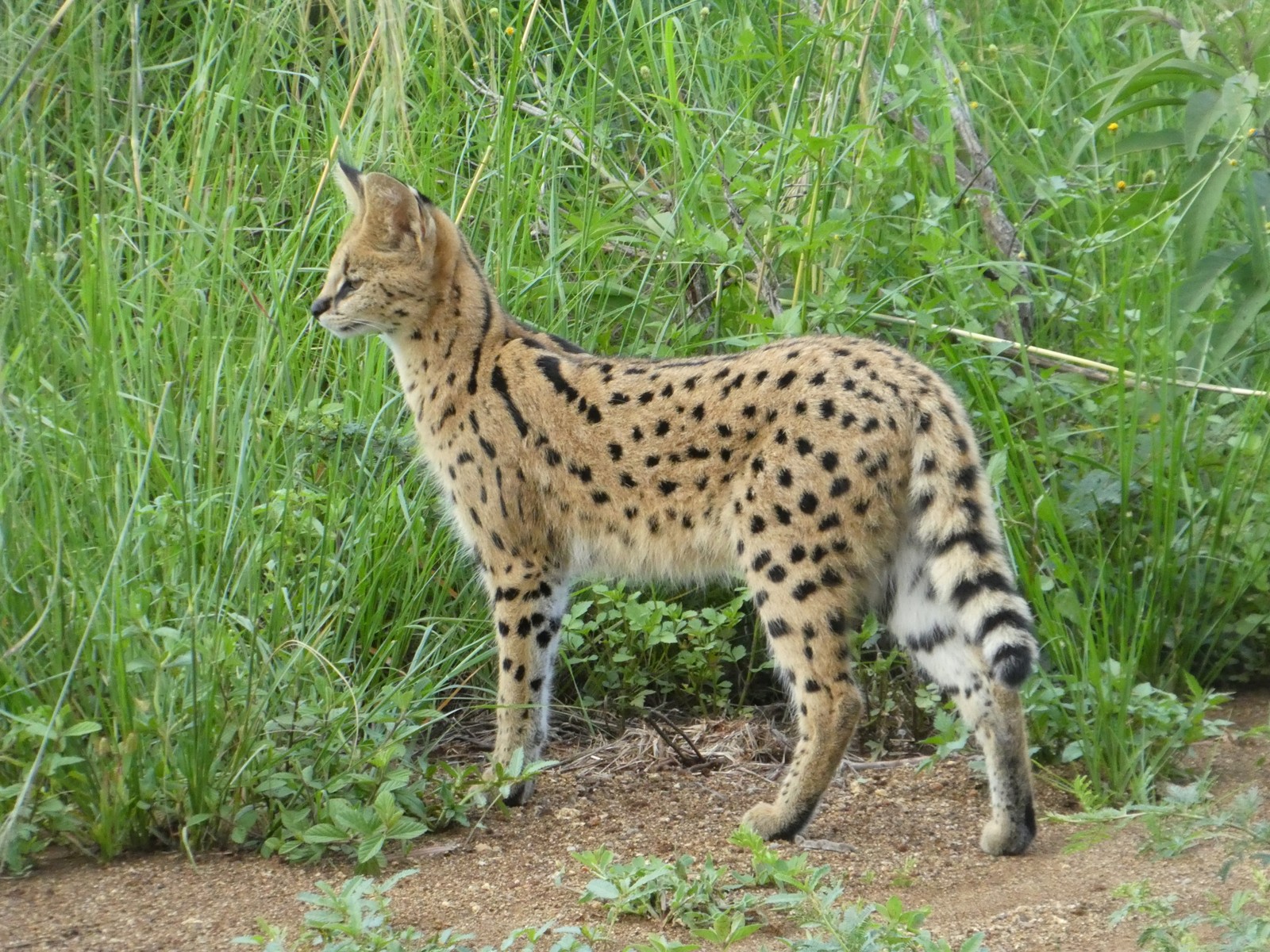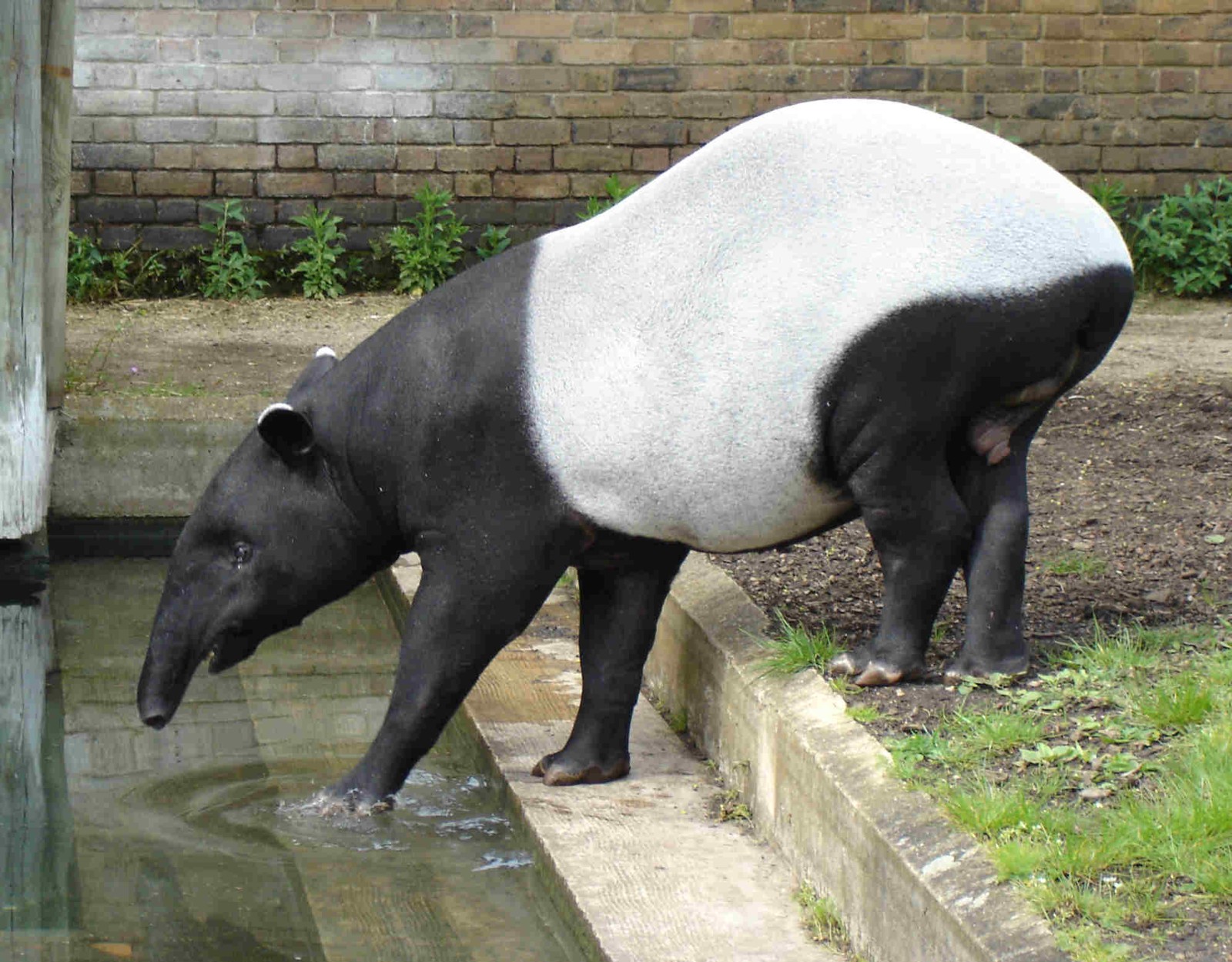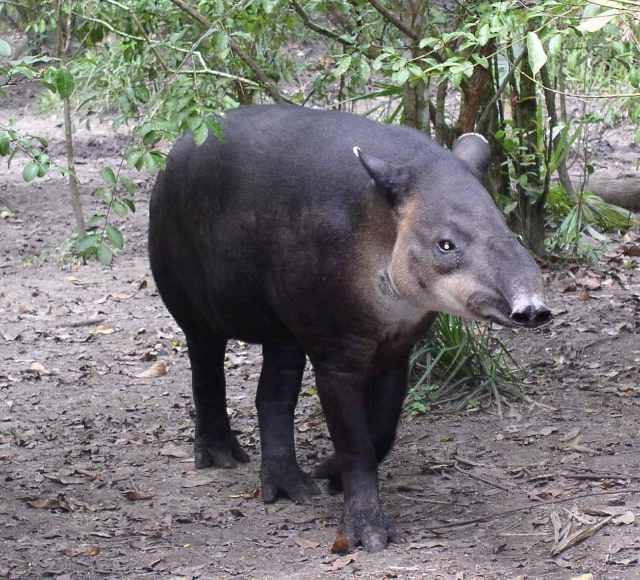Gorilla vs Chimpanzee: A Complete Comparison
When comparing gorillas vs chimpanzees, these remarkable great apes showcase distinct differences in size, behavior, and social structure. Adult male gorillas can weigh up to 400 pounds (180 kg), making them significantly larger than chimpanzees, which typically reach 150 pounds (70 kg). While both species demonstrate remarkable intelligence, chimpanzees are known for their advanced tool use and complex social politics, whereas gorillas exhibit more peaceful, hierarchical social structures.
These fascinating primates share 98-99% of their DNA with humans but have evolved to fill different ecological niches in Africa’s diverse forests. Let’s explore the key differences and similarities between these extraordinary great apes, examining everything from their physical characteristics to their unique behavioral patterns.
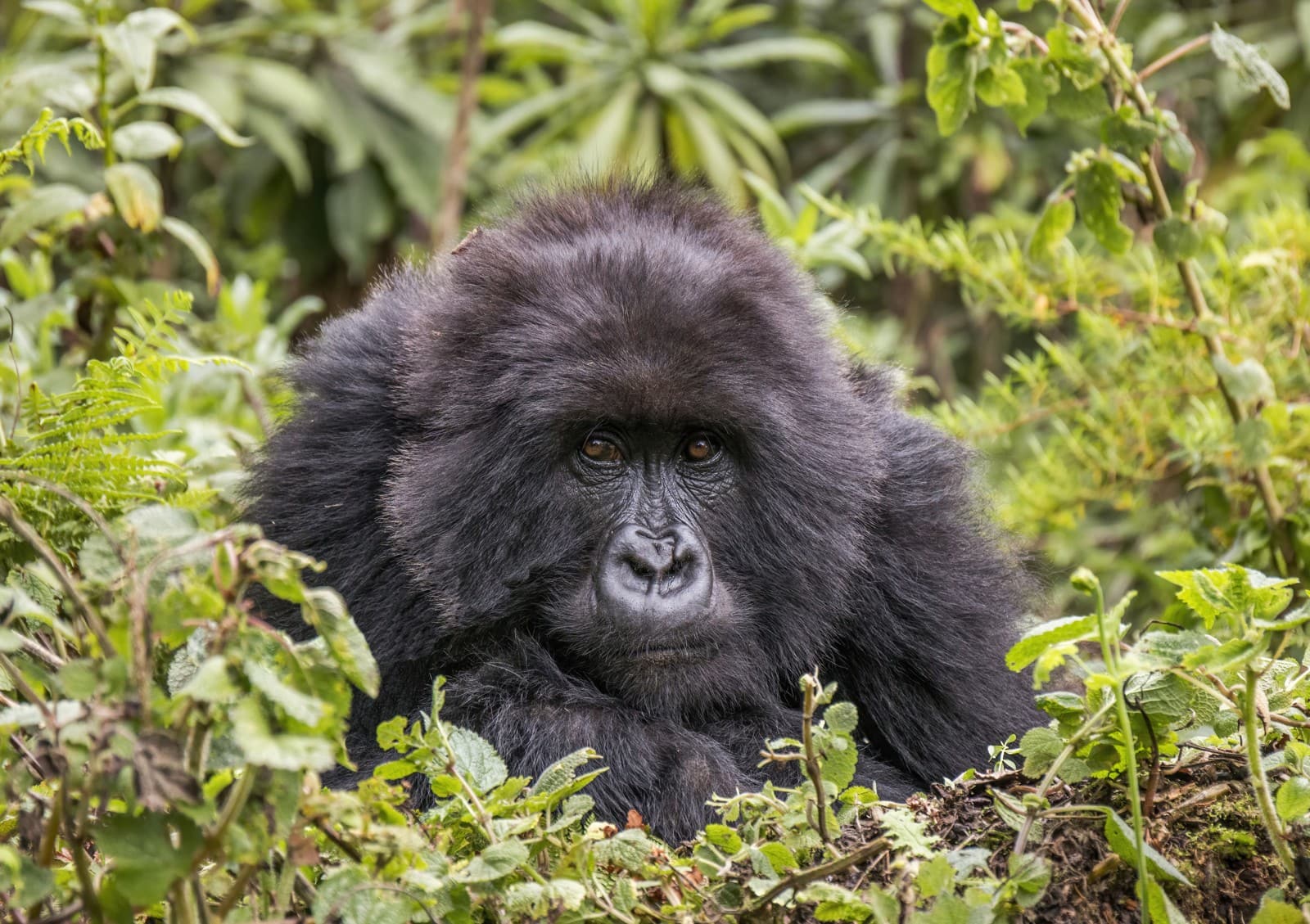
© Charles J. Sharp / CC BY-SA 4.0
The mountain gorilla, showcasing the species’ characteristic massive build and contemplative nature, represents the largest of all living primates. Their primarily herbivorous lifestyle is reflected in their broad chest and specialized digestive system.
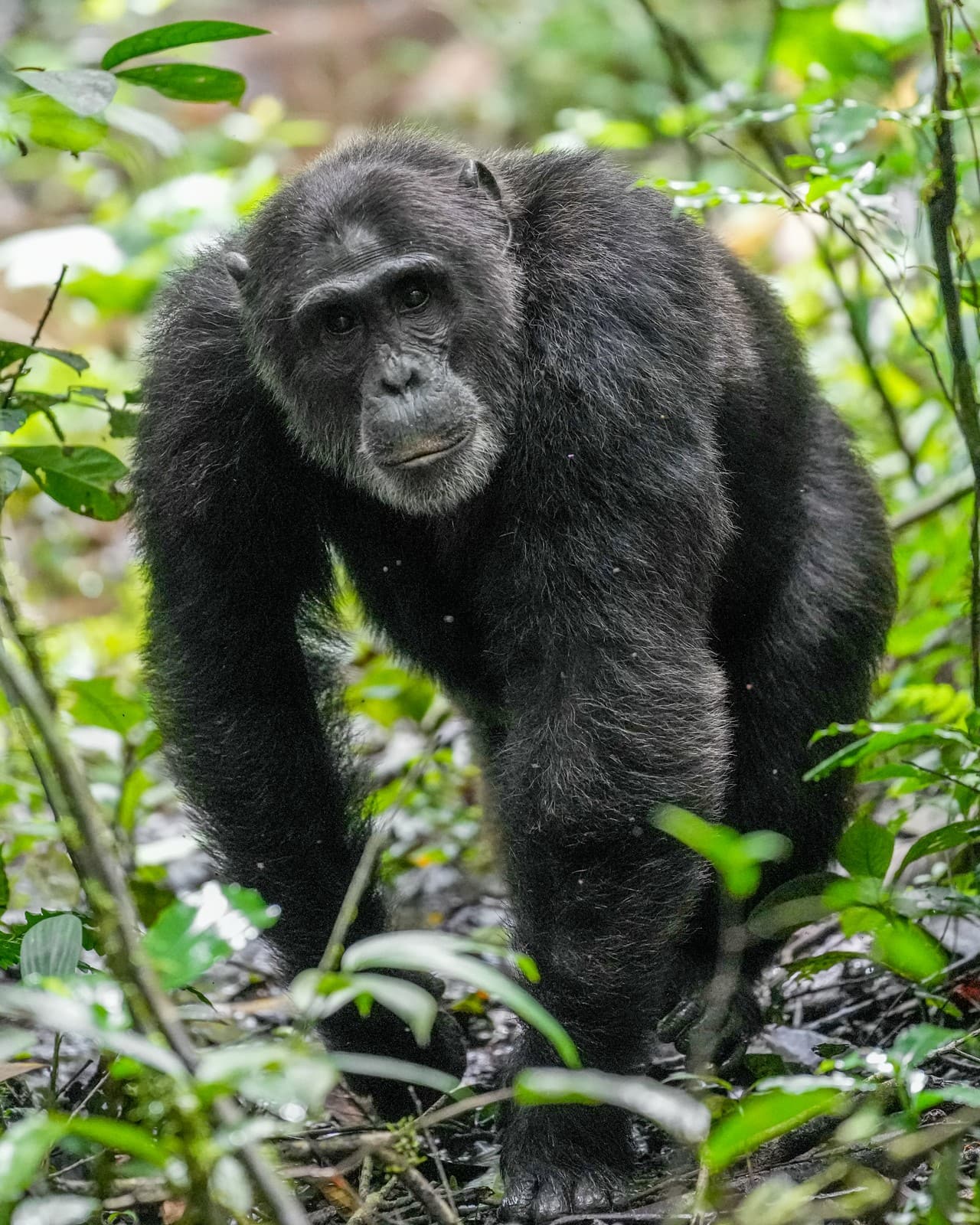
© Giles Laurent / CC BY-SA 4.0
The chimpanzee demonstrates the species’ more athletic build and alert demeanor. Their longer arms and more versatile hands are adaptations for their diverse foraging strategies and tool use.
Physical Differences Between Gorillas and Chimpanzees
| Feature | Gorilla | Chimpanzee |
|---|---|---|
| Adult Male Weight | 300-400 lbs (135-180 kg) | 88-150 lbs (40-70 kg) |
| Height (standing) | 5.5-6 ft (1.7-1.8 m) | 4-5.5 ft (1.2-1.7 m) |
| Arm Span | Up to 8.5 ft (2.6 m) | Up to 5.5 ft (1.7 m) |
| Diet | 95% herbivorous | Omnivorous |
| Strength | 10x human strength | 1.5x human strength |
| Lifespan | 35-40 years | 40-50 years |
Behavioral Differences
Chimpanzees and gorillas exhibit markedly different social behaviors and cognitive traits. Chimpanzees are known for their complex tool use, including fishing for termites with modified twigs and using stones to crack nuts. They form dynamic social alliances and can display significant aggression both within and between groups.
Gorillas, conversely, maintain more stable, hierarchical social structures led by a dominant silverback male. Their social interactions typically involve less tool use but demonstrate sophisticated communication through body language and vocalizations.
Intelligence and Problem-Solving
While both species demonstrate remarkable intelligence, their cognitive abilities manifest differently:
-
Chimpanzees excel at:
- Tool creation and modification
- Strategic planning
- Social manipulation
- Short-term memory tasks
-
Gorillas demonstrate:
- Advanced spatial memory
- Complex emotional intelligence
- Peaceful conflict resolution
- Strong familial bonds
Habitat and Distribution
Gorillas are found in two distinct regions of central Africa, inhabiting mountain forests and lowland tropical forests. Their range is more limited compared to chimpanzees, who occupy a broader territory across central and western Africa, adapting to various forest types and even some savanna environments.
Conservation Status
Both species face significant threats in the wild. Mountain gorillas number approximately 1,000 individuals, while the total gorilla population across all subspecies is estimated at 100,000-200,000. Chimpanzees face similar challenges, with populations estimated between 172,000-300,000 individuals.
Who Would Win in a Physical Confrontation?
While such encounters rarely occur in nature due to different habitat preferences, a male gorilla’s superior size and strength (capable of lifting 1,800 pounds/816 kg) would give it a significant advantage over a chimpanzee in any physical confrontation. However, chimpanzees’ more aggressive nature and tactical thinking make them formidable in their own right.
Conclusion
The gorilla vs chimpanzee comparison reveals two remarkably different evolutionary paths among our closest living relatives. While gorillas have evolved as peaceful plant-eaters with immense physical strength, chimpanzees have developed as clever omnivores with complex social structures and tool-using capabilities. Both species showcase the incredible diversity of great ape evolution and remind us of the importance of preserving these extraordinary primates for future generations.

